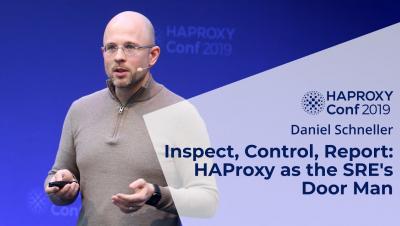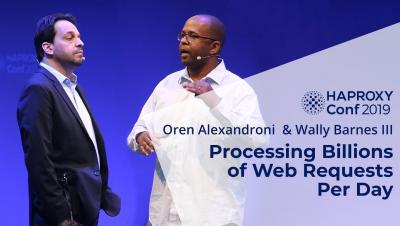HAProxyConf 2019 - HAProxy Process Management with William Lallemand
Process management in HAProxy has evolved since the beginning of the project; With the advent of new init systems and process managers, managing HAProxy processes became complicated due to the multi-processes architecture of the project. The Master Worker mode simplifies the process management and introduces interesting features. This talk will briefly review the history of the Master Worker mode and the new features it brought.











